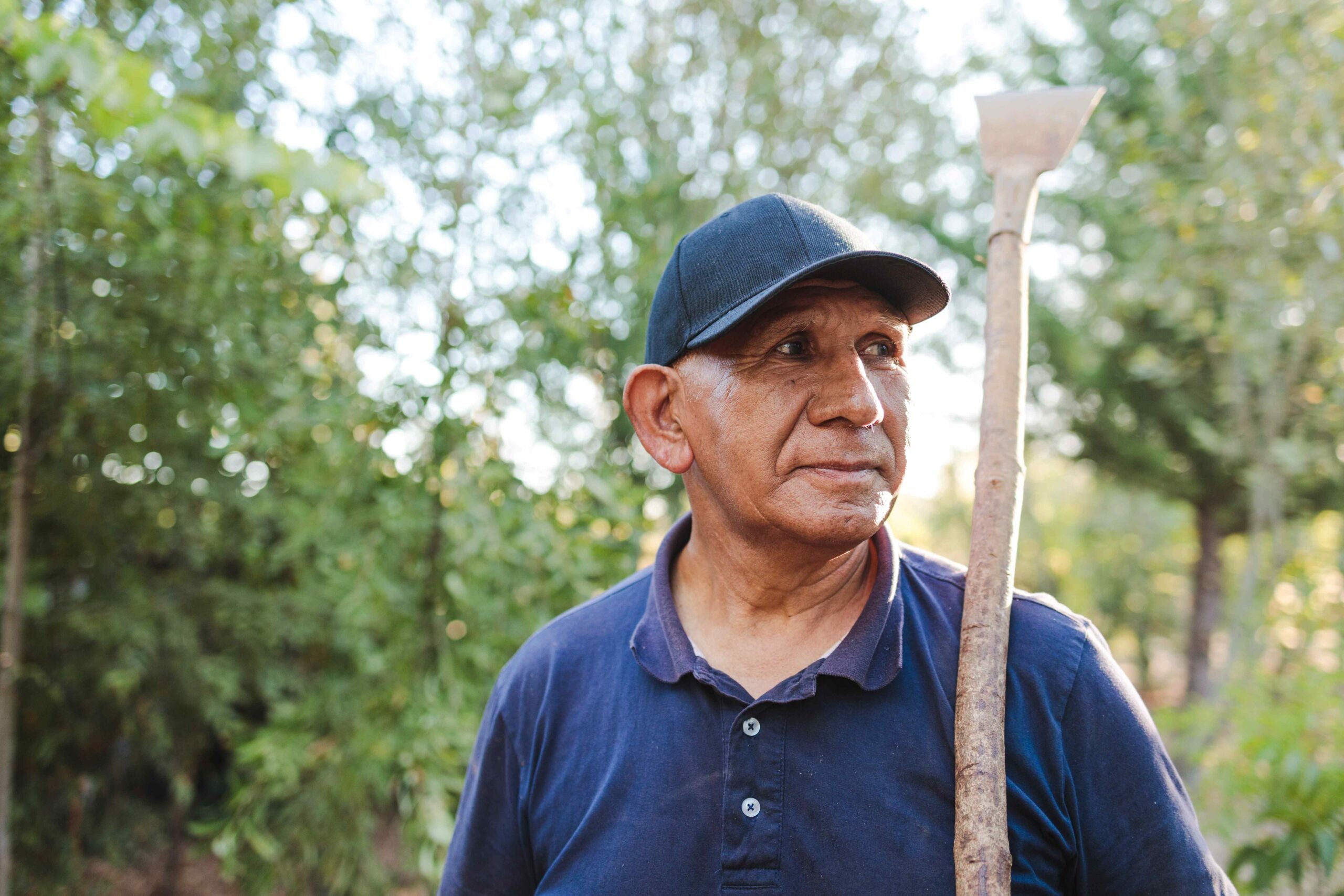What is a Non-contributory Transfer Program?
Non-contributory transfer programs are cash transfers from a government to its population that are financed from general taxes or some other item of public expenditure. In other words, those financed by funds different from the ones obtained from the contributions made by workers to the social security system.
In Latin America and the Caribbean (LAC), where labor informality prevails, non-contributory transfers are a fundamental part of social protection systems. This category of programs includes conditional transfer programs, non-contributory pensions, and other programs such as transfers to people with disabilities. However, their contribution to reducing poverty and inequality is limited. But why?
Do Programs Reach Afro-descendants and Indigenous Peoples?
Together with other IDB colleagues, we address that question in this research paper that is part of LACIR (Latin America and Caribbean Inequality Review) an ambitious initiative that seeks to better explain inequality in LAC. We analyzed the design and implementation of the transfer programs of 17 countries in the region considering two factors: the size and the quality of the targeting of the programs. On this last point, we asked ourselves an important question: Are the non-contributory transfer programs adequately reaching Indigenous Peoples and Afro-descendants.
To answer this question, we compared two percentages:
- the percentage that indigenous and Afro-descendant people represent among the beneficiaries of programs
- and the percentage they represent in the population with incomes below the poverty line.
With this in mind, we say that a country performs adequately the closer the percentage of indigenous and Afro-descendant beneficiaries is to the percentage that these populations represent among people living in poverty. In the rest of this blog, I will tell you about our findings. I can tell you in advance, there is a great variation between countries.
Study findings:
1. Transfer programs are very important for non-contributory social protection
In Latin America and the Caribbean, non-contributory social protection systems are very relevant. A large proportion of the population does not belong to contributory social security systems linked to the labor market. In addition, about half of the workers in LAC held an informal job.
In 2019, before the pandemic 166 million people, equivalent to 30% of the population, were part of a household participating in at least one non-contributory transfer program in the 17 countries of the region with available data. During the pandemic, these programs were extremely important for channeling support to the population, especially to the people without contributory social security.
A common objective of non-contributory transfer programs is to reduce poverty, usually by supporting the income of poor households. However, in our analysis, we found that they only reduced the prevalence of poverty by 1.9 percentage points and the poverty gap by 2.0 percentage points.
2.…but their effect is limited
There are two important factors that limit the effect of noncontributory transfers on poverty: first, the amount of the transfers is small. Second, they have historically covered only a fraction of those in poverty. Based on analysis of the IDB’s bank of harmonized household surveys and administrative data (mainly from ECLAC’s database of non-contributory social protection programs) we estimate that the amount the government spends on non-contributory transfers represents only 33% of the poverty gap. Furthermore, only 55% of the population living in poverty belongs to a household that receives at least one transfer, according to our estimates.
3. The prevalence of poverty is higher for Indigenous Peoples and Afro-descendants.
The prevalence of poverty among Indigenous Peoples and Afro-descendants is higher than in the rest of the population. For example, in 2020 in Colombia, the percentage of Indigenous Peoples in moderate poverty was 62%, and the percentage of Afro-descendants in moderate poverty was 46%, which is considerably higher than the prevalence of 32% in the rest of the population. The gap between the poverty rate among Afro-descendants and Indigenous Peoples with respect to the rest of the population is observed in the other countries with available data: Bolivia, Brazil, Chile, Colombia, Ecuador, Guatemala, Mexico, Panama, Peru, and Uruguay.
4. But their representation among program beneficiaries varies by country.
In our analysis, we found a wide variation in the participation of people of Indigenous Peoples and Afro-descendants among the beneficiaries of the transfer programs. Roughly speaking, for the countries with data, the percentage of Afro-descendants receiving conditional cash transfers is proportional to the percentage they represent among people living in poverty. This is the case with the exception of Uruguay and Ecuador, where they are slightly underrepresented among beneficiaries. For example, in Brazil, Afro-descendants represent 88% of the poor and 89% of the beneficiaries.
There is no clear pattern in the participation of people belonging to indigenous peoples. In Colombia, Uruguay, and Brazil the percentage of beneficiaries is relatively proportional. In Bolivia, Panama, and Chile, Indigenous People are underrepresented among the beneficiaries of transfer programs. And in the case of the first two, the difference exceeds 10 percentage points. In Bolivia, indigenous people represent 53% of the poor and only 43% of the beneficiaries, while in Panama they represent 37% of the poor and only 20% of the beneficiaries. In contrast, in Peru, Ecuador, and Mexico, Indigenous Peoples are over-represented among the beneficiaries.
Recommendations for the Future: Greater Outreach to People Living in Poverty
One of the general policy recommendations with which our analysis concludes is that in order to increase the impact of these programs on poverty, it is important to make an effort to increase coverage among the population living in poverty. This not only includes increasing the budget, which is a decision that must be evaluated in a broader context of social spending. It also includes improving the targeting of the programs and the continuous recertification process. In this aspect of improving targeting, it is important to analyze the design and implementation of non-contributory transfer programs to identify why Indigenous Peoples and Afro-descendants are underrepresented among beneficiaries, especially in contexts where they face a higher prevalence of poverty.



Leave a Reply